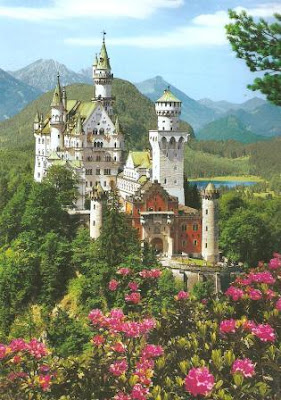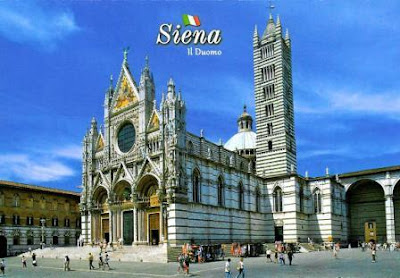Speaking of World Heritage Sites, Perast in Montenegro is also on this UNESCO list as part of the Natural and Culturo-Historical Region of Kotor.
Perast is an old town on the Bay of Kotor, situated a few kilometres northwest of Kotor and is noted for its proximity to the islets of St. George and Our Lady of the Rocks. Both these cards show Our Lady of the Rocks and it's church.
photo: Radoje Jovanovic
Our Lady of the Rock is an artificial island created by bulwark of rocks and by sinking old and seized ships loaded with rocks. The Roman Catholic Church of Our Lady of the Rocks is the only building on the islet.
According to legend, the islet was made over the centuries by the seamen who kept an ancient oath after finding the icon of Madonna and Child on the rock in the sea on July 22, 1452. Upon returning from each successful voyage, they laid a rock in the Bay. Over time, the islet gradually emerged from the sea. The custom of throwing rocks into the sea is alive even nowadays. Every year on the sunset of July 22, an event called fašinada, when local residents take their boats and throw rocks into the sea, widening the surface of the island, takes place.
Photo by Stevan Kordic
The first known church was built on the islet in 1452 and it was Serbian Orthodox. It was taken over by Roman Catholics and in 1632 the present Church of Our Lady of the Rocks was built. It was upgraded in 1722. The church contains 68 paintings by Tripo Kokolja, a famous 17th-century baroque artist from Perast. His most important painting, ten meters long, is The Death of the Virgin. There are also paintings by Italian artists, and an icon (circa 1452) of Our Lady of the Rocks, by Lovro Dobričević of Kotor. The church also houses a collection of silver votive tablets and a famous votive tapestry embroidered by Jacinta Kunić-Mijović from Perast. It took her 25 years to finish it while waiting her darling to come from a long journey, and eventually, she became blind. She used golden and silver fibres but what makes this tapestry so famous is the fact that she also embroidered her own hair in it. - in: https://museu.ms/museum/details/188/our-lady-of-the-rock


.jpg)




























.jpg)























